The Turkish artisan Gabriel Çakıroğlu, from the western province of Bursa, is crafting exact replicas of the astrolabe, a device used by Muslim astronomers in ancient and medieval times to measure the height of celestial bodies, calculate local time, and determine prayer times.
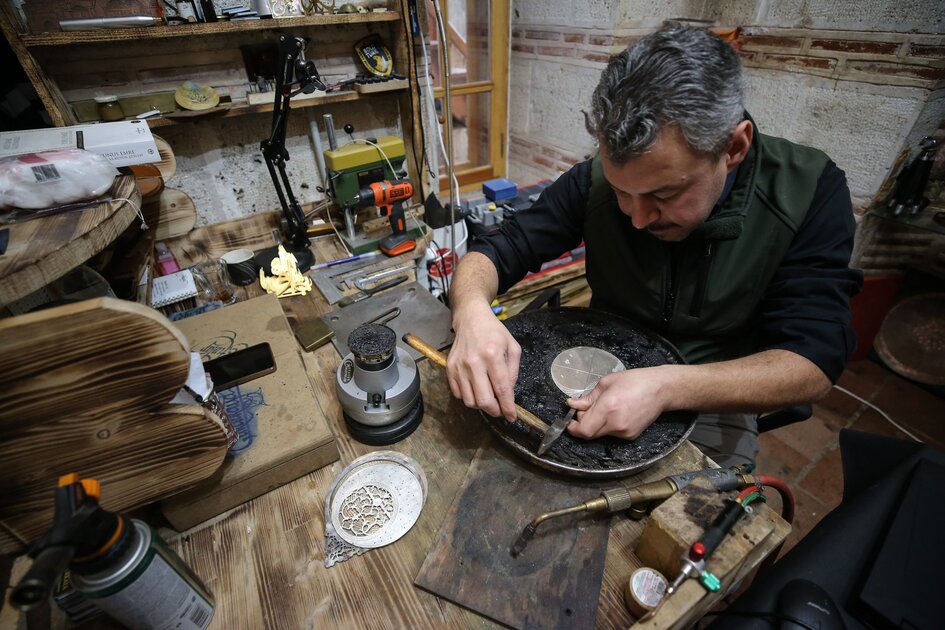
In his historical workshop, which spans over 10 square meters, located in one of the Anatolian historical caravanserais, Çakıroğlu, a 37-year-old government employee, spends most of his free time re-creating the astrolabe.
Working meticulously in his workshop, Çakıroğlu is dedicated to producing exact replicas of the circular astrolabe used in ancient astronomical measurements, ensuring precision in replicating the details to make the product an authentic replica.
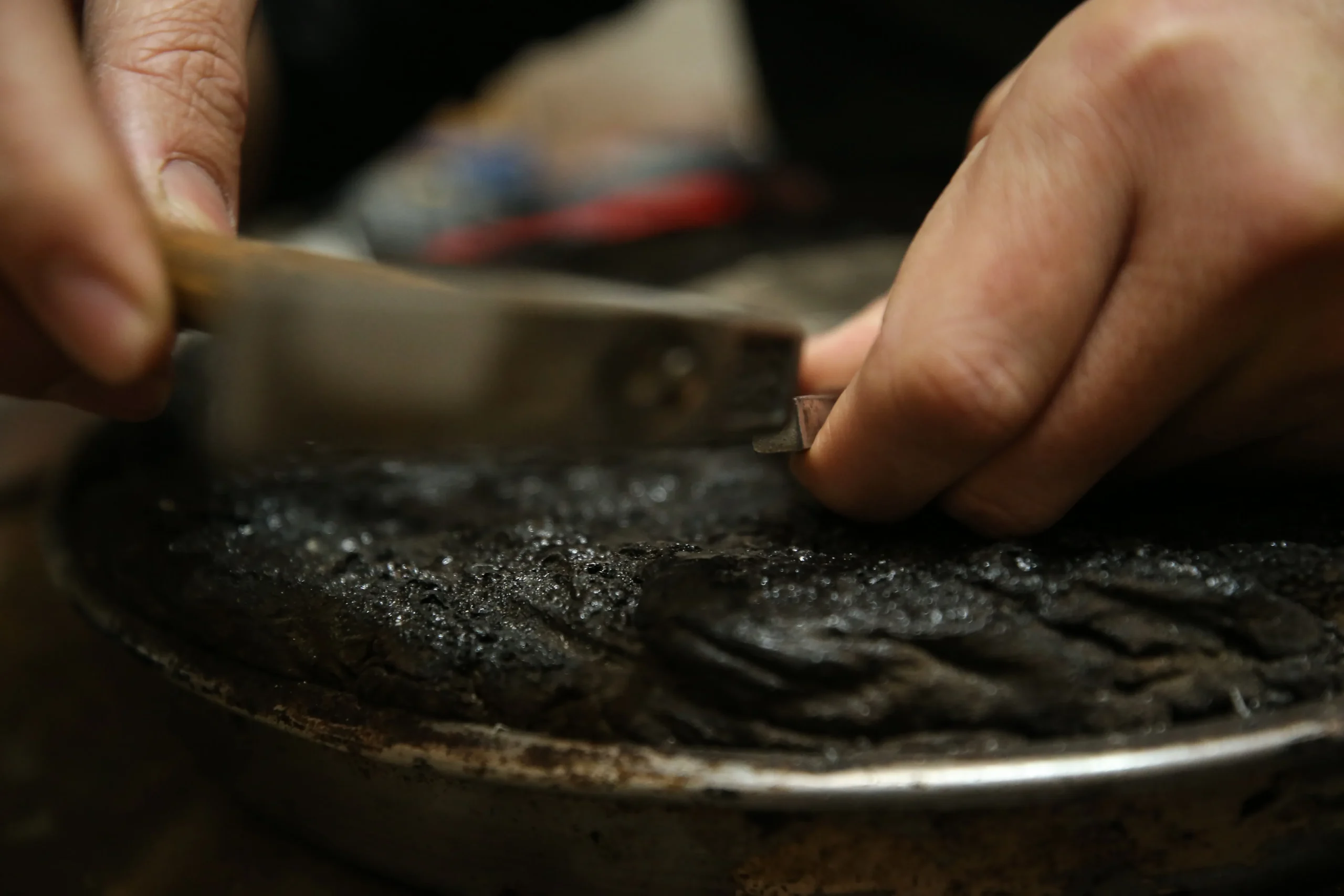
For nearly 10 years, he has been producing a series of artistic works that demand highly skilled craftsmanship, catering to specific requests from museums and art collectors.
Before tackling the construction of the astrolabe, Çakıroğlu conducted extensive research on the images and information found in ancient sources. Subsequently, he spent months crafting the first exact replica of the astrolabe by studying images and tracing the information from ancient sources.
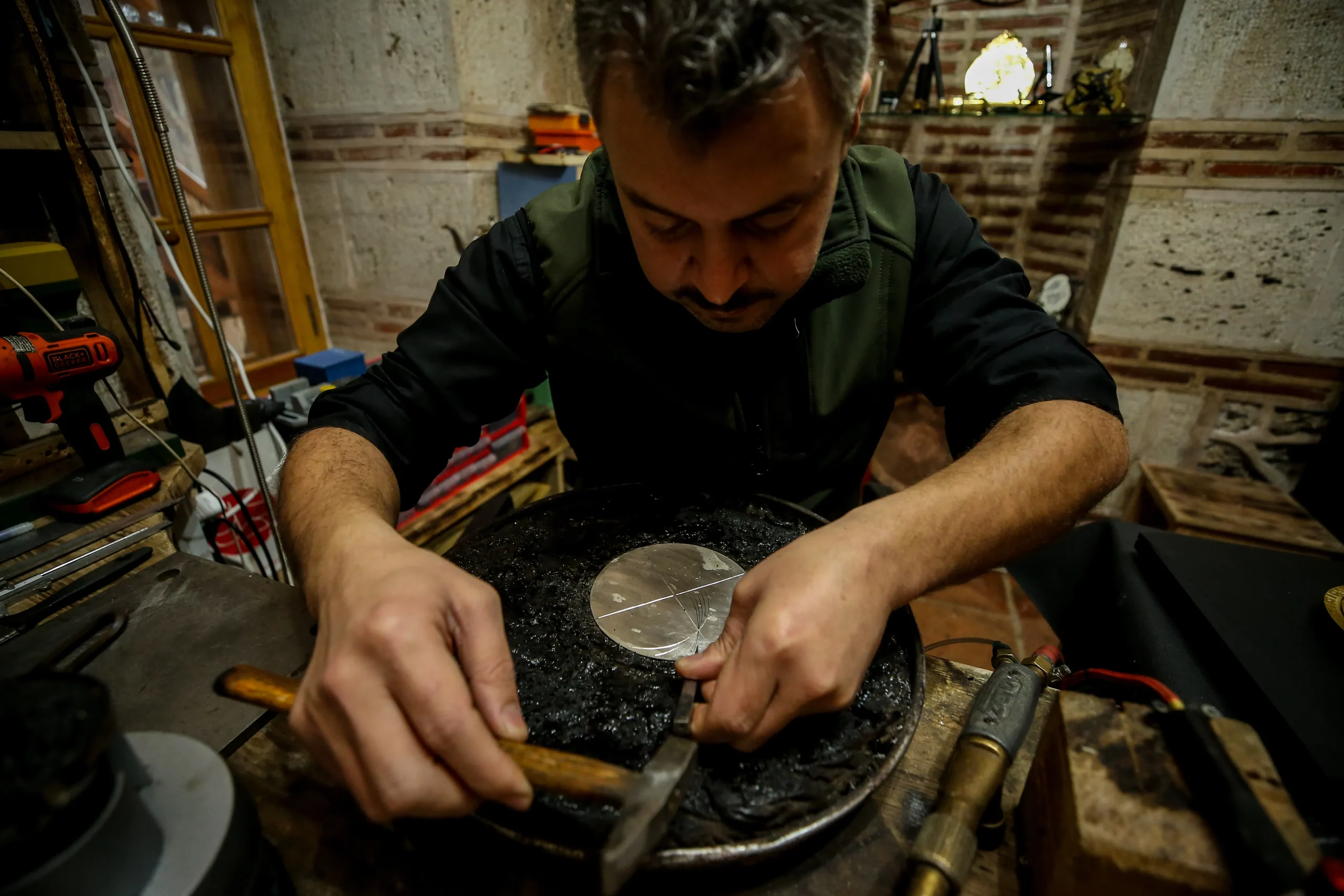
Reviving Ancient Techniques
Çakıroğlu shared with Anadolu Agency that his interest in handicrafts began at an early age. He honed his skills in wood carving and sculpting wooden figures for years. He furthered his expertise in sculpting and brasswork under the guidance of a renowned craftsman in the southern Turkish city of Sanliurfa before relocating to Bursa.
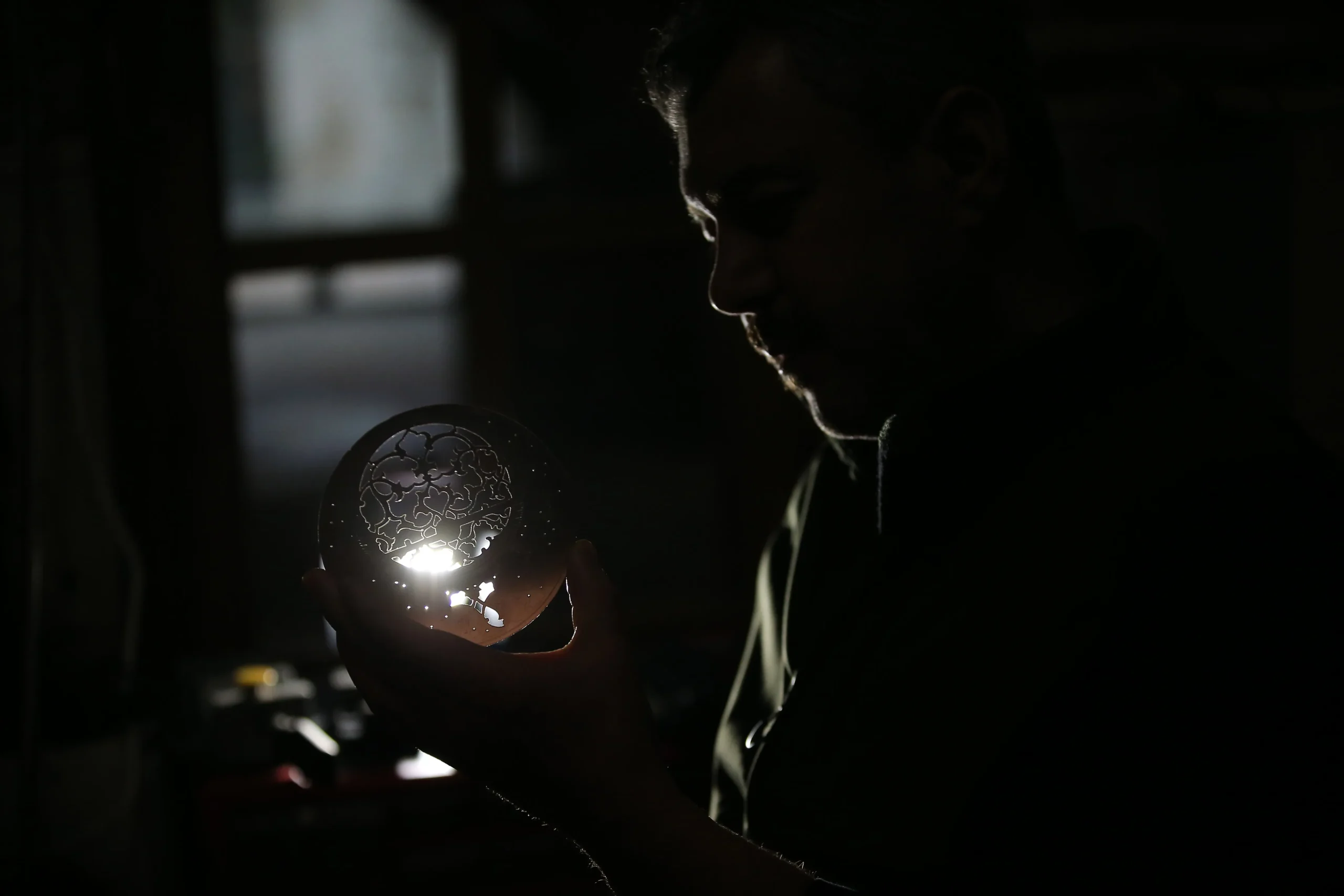
During his historical exploration, he delved into the astrolabe’s history, functionality, and purpose. With his adept use of fretsaws for woodwork and sculpting expertise, he believed he could carve lines into brass, a necessary skill for crafting the astrolabe.
Çakıroğlu emphasized, “The astrolabe is usually made of brass due to the resilience and ease of use of this metal, as well as the convenience of reading the inscribed lines on this material.”
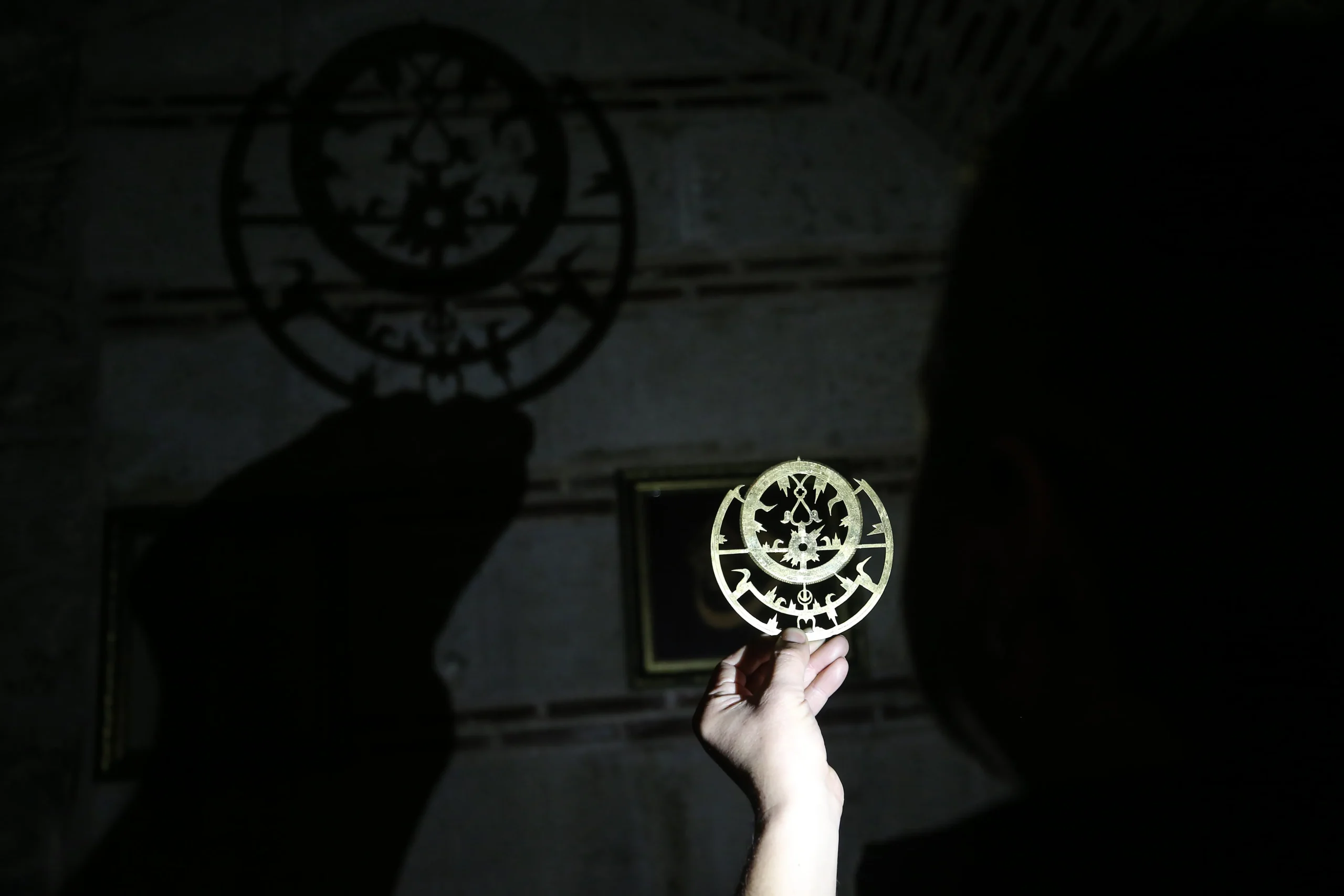
He continued, “Engraving and carving the lines and inscriptions on the astrolabe, followed by crafting the ‘spider’ components and using a fretsaw to hollow some parts – I do all this in my workshop, employing ancient techniques.”
He added, “I rebuild the device using the same ancient techniques that were employed a thousand years ago.”

Shedding Light on the Astrolabe
Çakıroğlu mentioned that “very few engage in this craft using traditional methods”. He also highlighted that he is presently studying eight different types of astrolabes.
He elaborated, stating, “I have studied eight different types of astrolabes, dating back to the reign of Sultan Bayezid II in 1505-1506, the Rasulid Sultanate in Yemen (1229-1454), and the portable solar quadrant for Nur al-Din Zanki.”
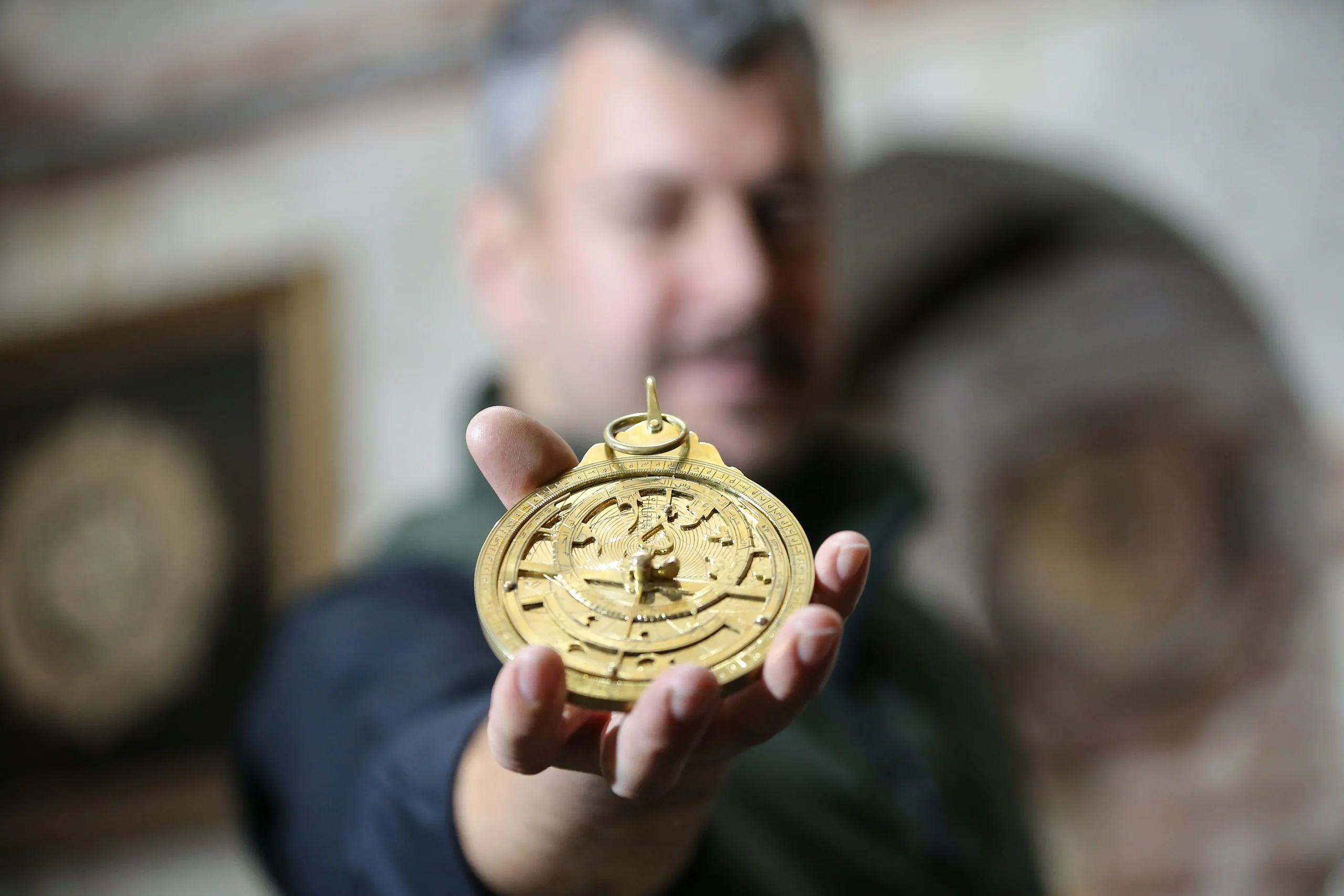
The solar quadrant was the first clock ever invented, used by Arab Muslims to determine prayer times, relying on the sun’s position and angular deviation from the horizon, using angles instead of hours, minutes, and seconds for its principles.
Çakıroğlu highlighted that “the first artistic astrolabe in history was crafted in 975 AD by the mathematician and astronomer Abu Mahmud Hamid ibn Al-Khujandi, who lived in the late 10th century.”
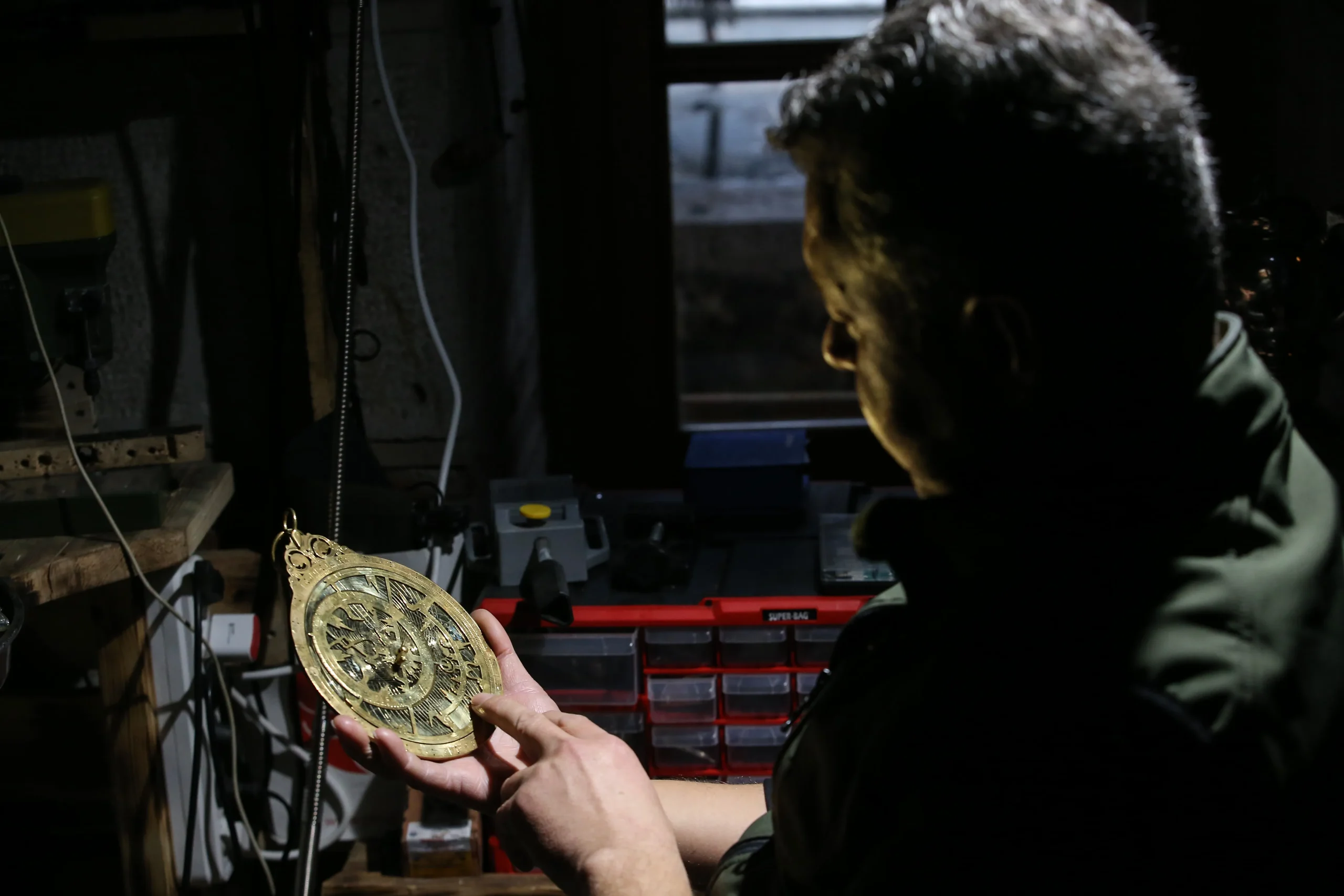
Crafting a Silver Astrolabe
Çakıroğlu revealed that for a year, he has been working on crafting a silver astrolabe, noting that there are no historical records of one made from silver. Hence, he decided to create the first silver astrolabe.
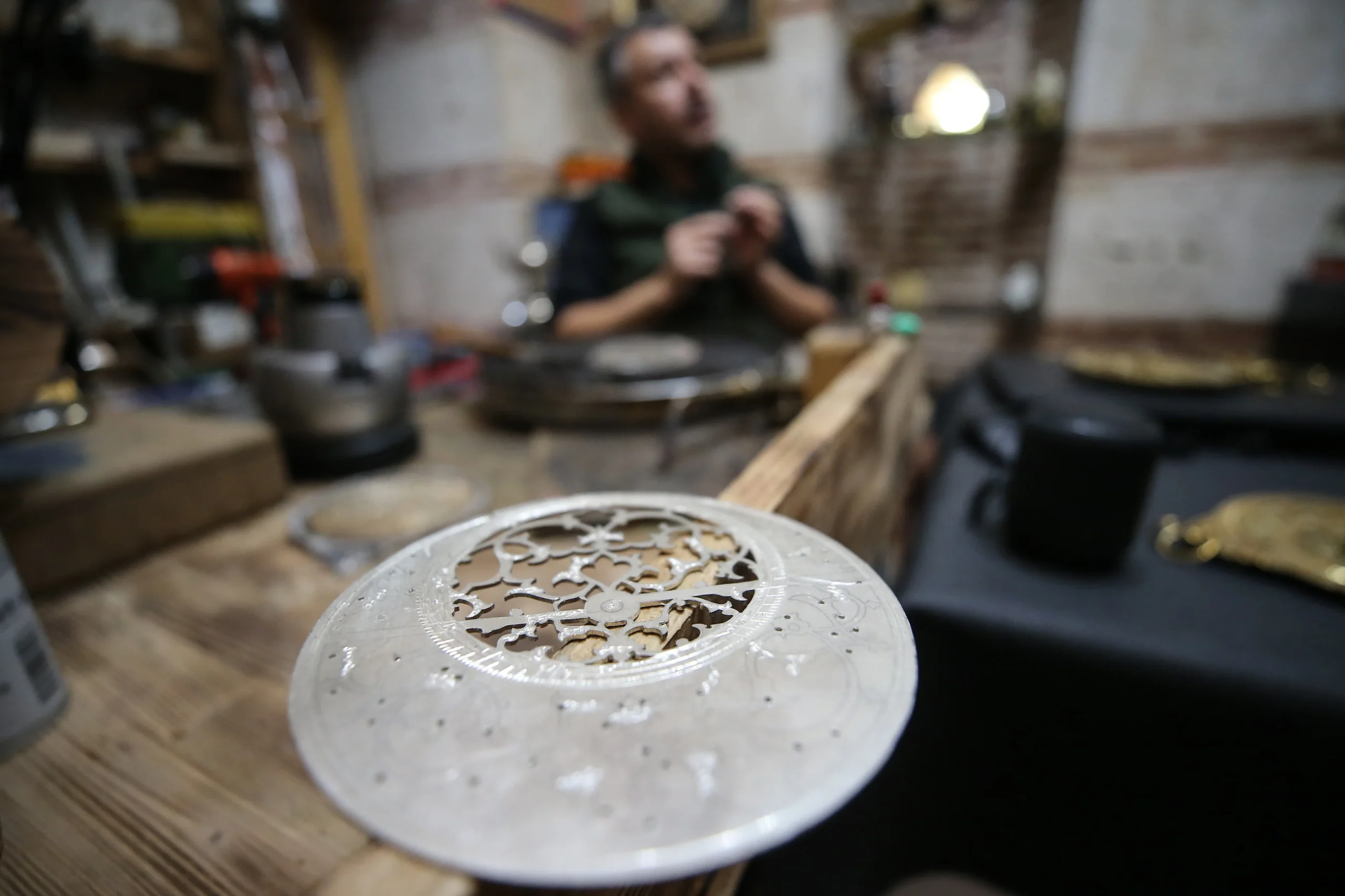
Çakıroğlu pointed out that crafting the astrolabe is not a commercial venture as there is no market for it. Instead, he produces a limited number of these ancient and traditional devices based on requests received from individuals and institutions, especially museums and art collectors.
Additionally, he emphasized that he is also “bringing attention back to this ancient device (astrolabe) and highlighting its significance in advancing sciences, particularly astronomy, and the valuable contribution made by Muslim scientists to human civilization.”


